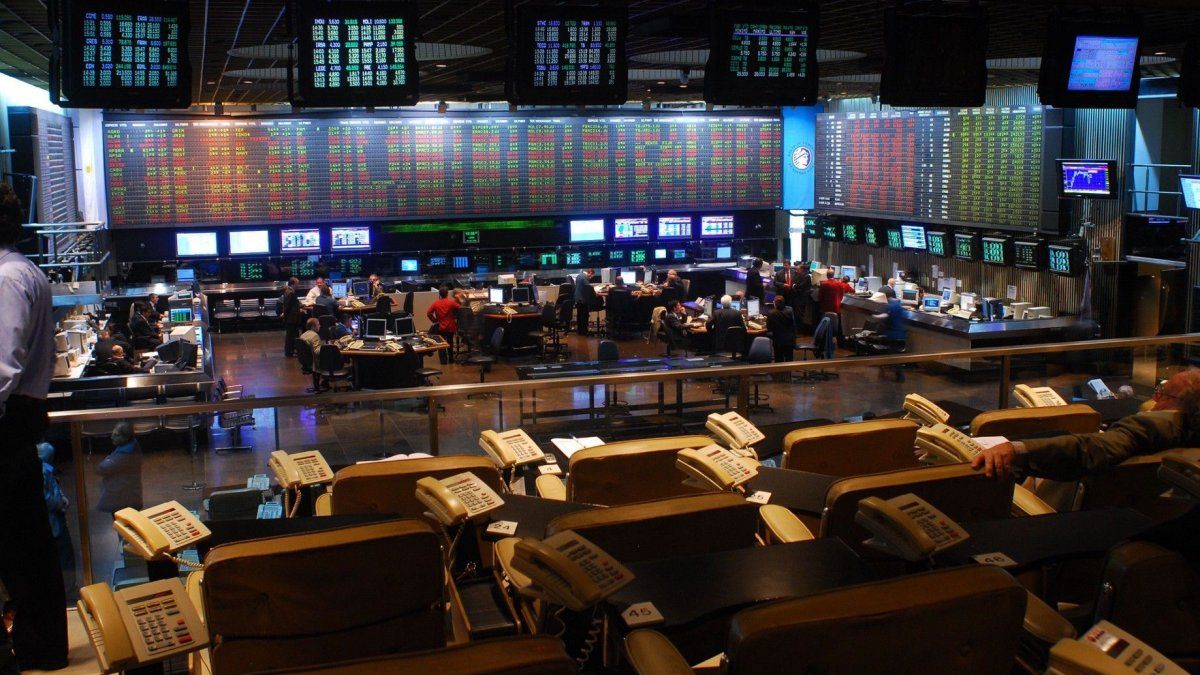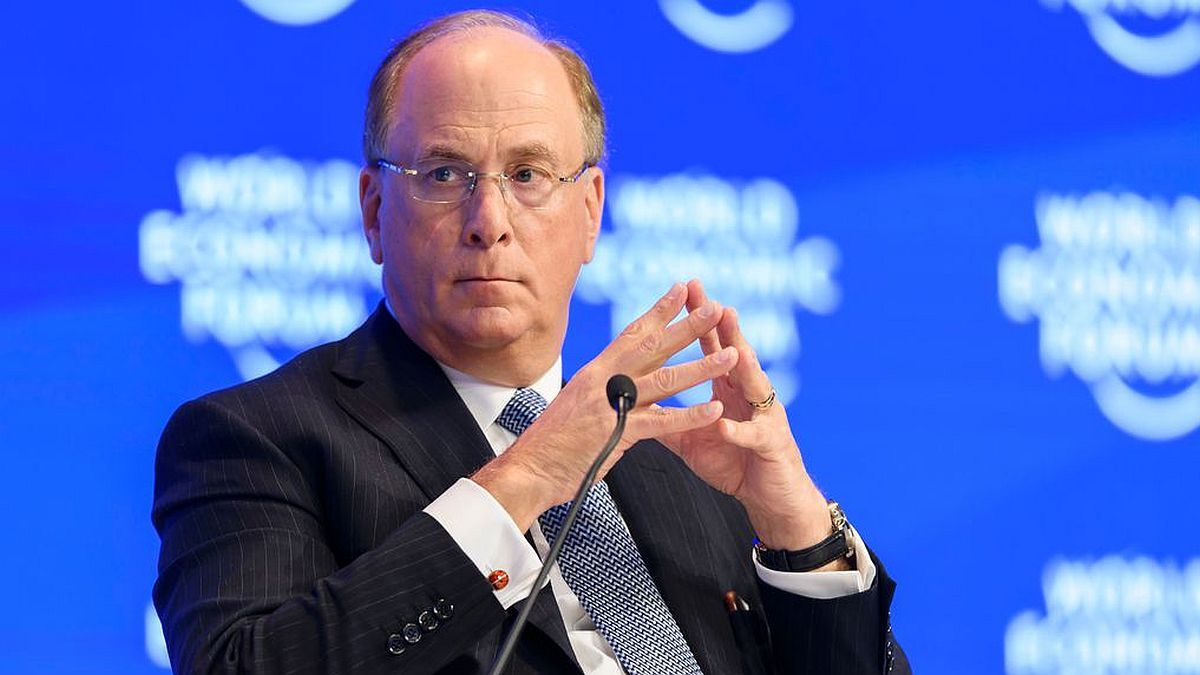The porter bag suffered this Monday March 20 his seventh fall in the last 8 days, after trading in positive territory at the beginning of the day, amid growing doubts about the soundness of the global banking system after the acquisition of Credit Suisse bank by UBS Group and local issues. In this context, the ADRs closed with the majority of losses and the country risk exceeded 2,400 points, reaching its highest level since November 24, 2022.
At a turbulent time for financial markets, sovereign bonds in dollars closed with the majority of falls due to greater risk aversion. The main casualties were recorded by Bonar 2041 (-1.8%); followed by the Global 2038 (-0.9%) and the Global 2030 (-0.7%). The rise in Global 2020 stood out, which climbed 2.1%.
In New York, dollar bonds They operated from smallest to largest, and after opening with average falls of 30 cents, purchase orders appeared, to finally close with average rises of 10 cents (Global 2035 stood out, which gained 25 cents). So, The country risk, which came to exceed 2,400 basis points, to touch its highest level in four months, turned towards closing and fell 0.7% to 2,372 points.
For their part, dollar-linked sovereign bonds operated firmly and closed with average increases of 0.6%, concentrating the volume on TV23. The duals, meanwhile, operated heavy in the short leg (which closed flat) but They showed more demand in the long tranche, which rose 0.5%.
Regarding the CER segment, lThe Leceres operated unevenly, with the shortest falling 0.3% and the rest rising 0.5%. The Bonceres for their part rose 0.3% in the short section and 0.6% in the long section of the curve (with the TX28 standing out, which climbed 1.3%).
“The inflation data for February marked a change in expectations that favored the Dual (bonds)“, said the StoneX brokerage, and pointed out that “the intentions of a gradual and moderate decrease in inflation of the economic team are history, with monthly inflation that is very difficult to break the floor of 5% per month during 2023 and that for March in particular would be above 7%.
“The global outlook worsened. High inflation is now compounded by the instability of the American financial system and the threat of a new global financial crisis”said Martín Polo of Cohen Aliados Financieros.
On Wednesday the Treasury will hold a tender for bonds to cover maturities, which are mostly in private hands, commented analysts.
“We believe that the Government needs a ‘good result’, and therefore, it is likely that it will take advantage of the margin to place in the short term and obtain a positive result“said Portfolio Personal Inversiones.
“Thus, we think that it ‘benefits’ from the new acceleration of inflation to seek demand from the private sector through short ‘Lecer’ (letters), “he estimated.
S&P Merval and ADRs
At the local level, the S&P Merval which started the upward cycle, reversed the trend like its peers in the region and fell 0.3%, to 221,059.08 units, after accumulating a drop of 6.2% in the previous week.
For their part, Argentine papers listed on Wall Street ended with the majority of losses, led by Edenor (-4.2%); Central Puerto (-3.8%), Banco BBVA (-3.3%), Banco Macro (-2%); and Corporación América (-1.8%). On the other hand, the outstanding increases of the day were carried out by Take off (+5.5%), Bunge (+3.2%); View (+2.8%); Adecoagro (+2.5%); and Cresud (+2%).
Source: Ambito
I am a 24-year-old writer and journalist who has been working in the news industry for the past two years. I write primarily about market news, so if you’re looking for insights into what’s going on in the stock market or economic indicators, you’ve come to the right place. I also dabble in writing articles on lifestyle trends and pop culture news.




